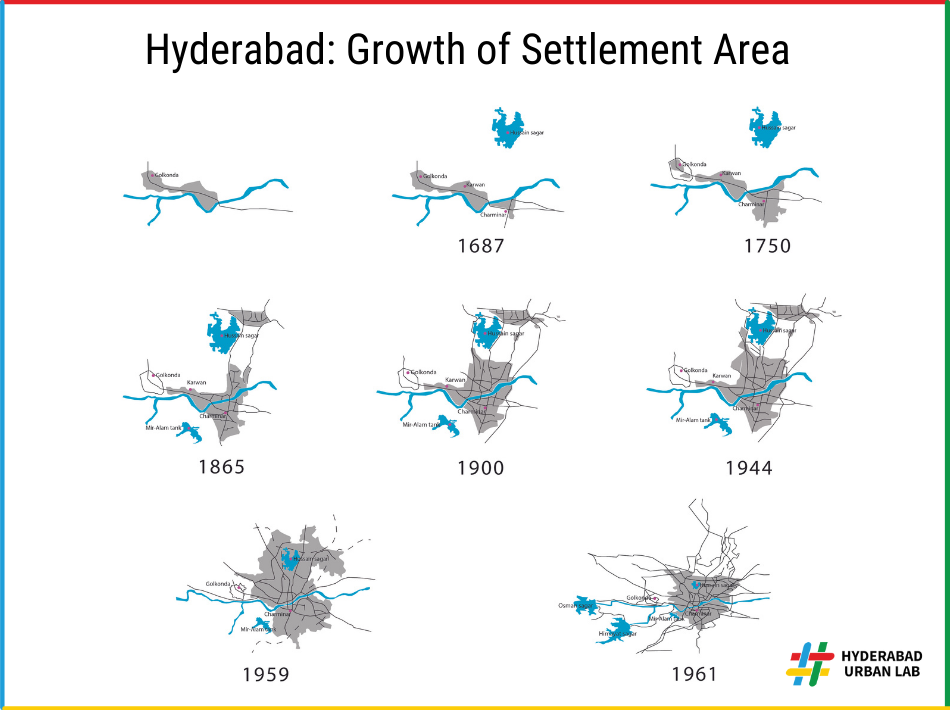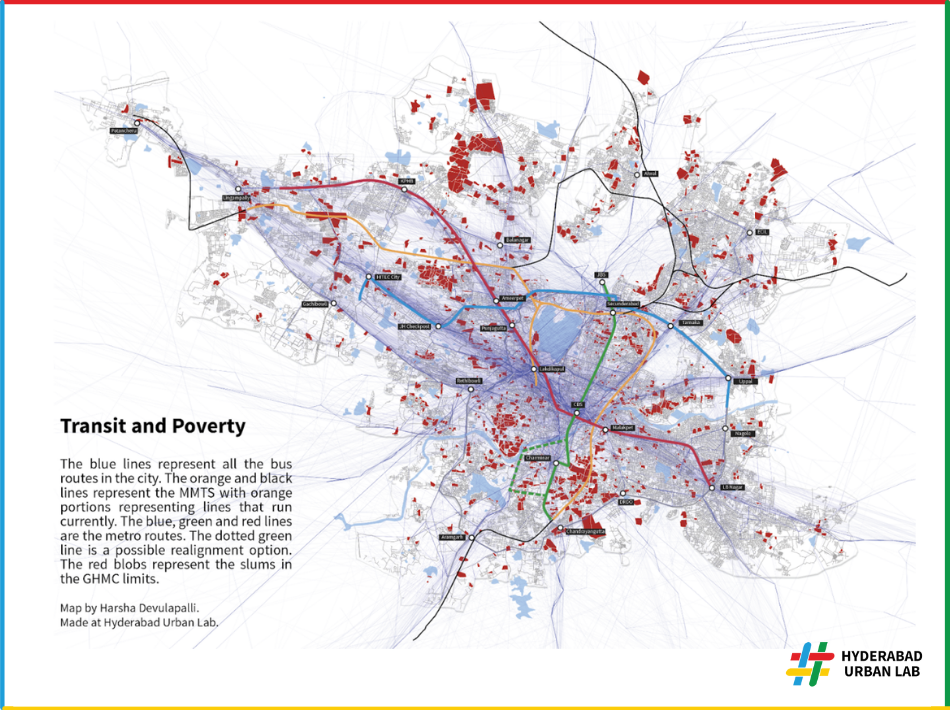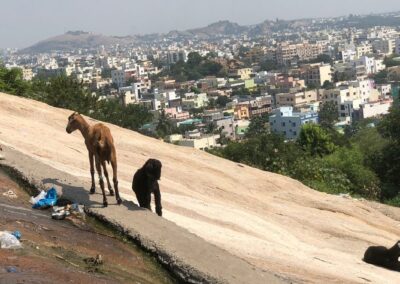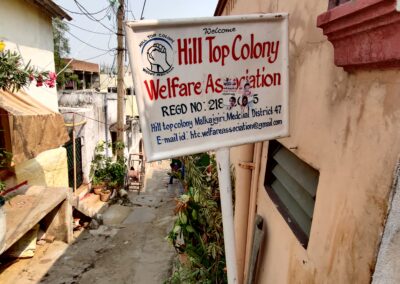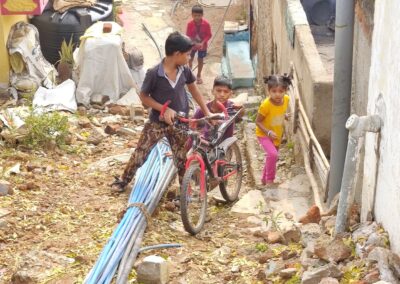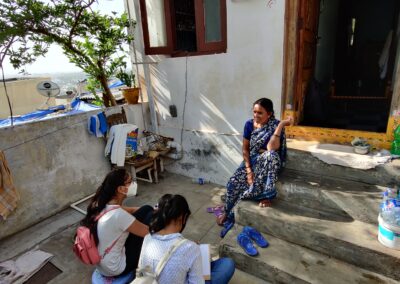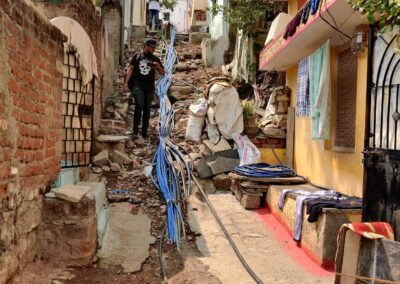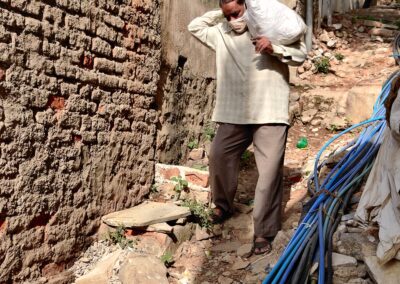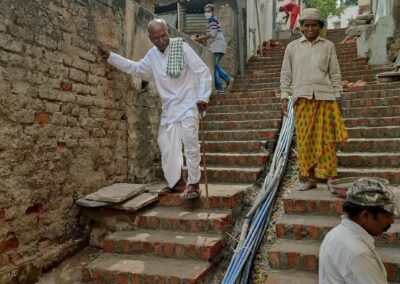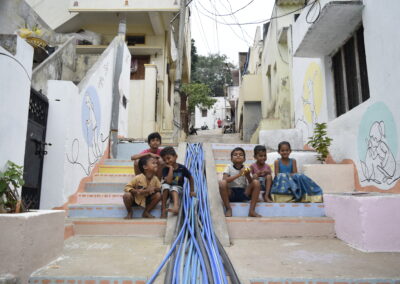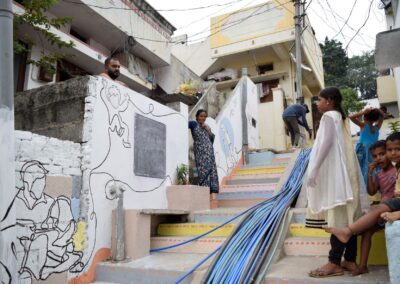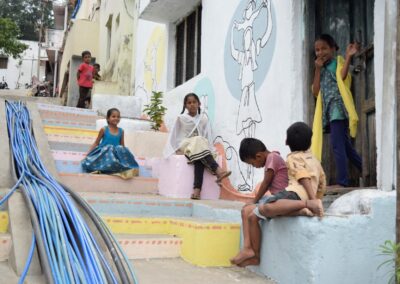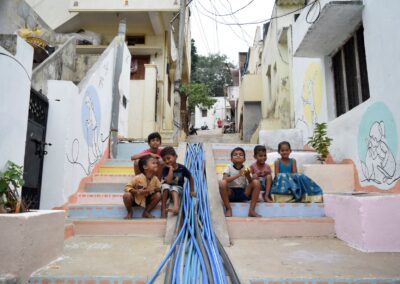Urban Observatory
The Urban Observatory at HUL is envisaged as a set of projects around:
1) data repositories, archives and libraries;
2) research and advocacy;
3) physical and social interventions around communities and places.
Each of these projects is to feed and support the other projects. For example, data repositories inform research and advocacy and enable designed interventions. LIkewise, interventions will lead to new research and new data.
We look at the city as a place that is constantly in a flux, where agendas, plans and interventions align and realign. To remain in engagement with such a place we taught ourselves to create opportunities for research and advocacy, interventions and to keep archiving all the data that is generated from our work. Some of this work turns into special projects such as Do Din and A Place for Her. Some of it turns into sets of practices that we can only describe as art@hul and gis@hul – creative and research practices. Most of it can be convened under the name of urban observatory.
Retrofit & Repair: HUL with Team Jalam
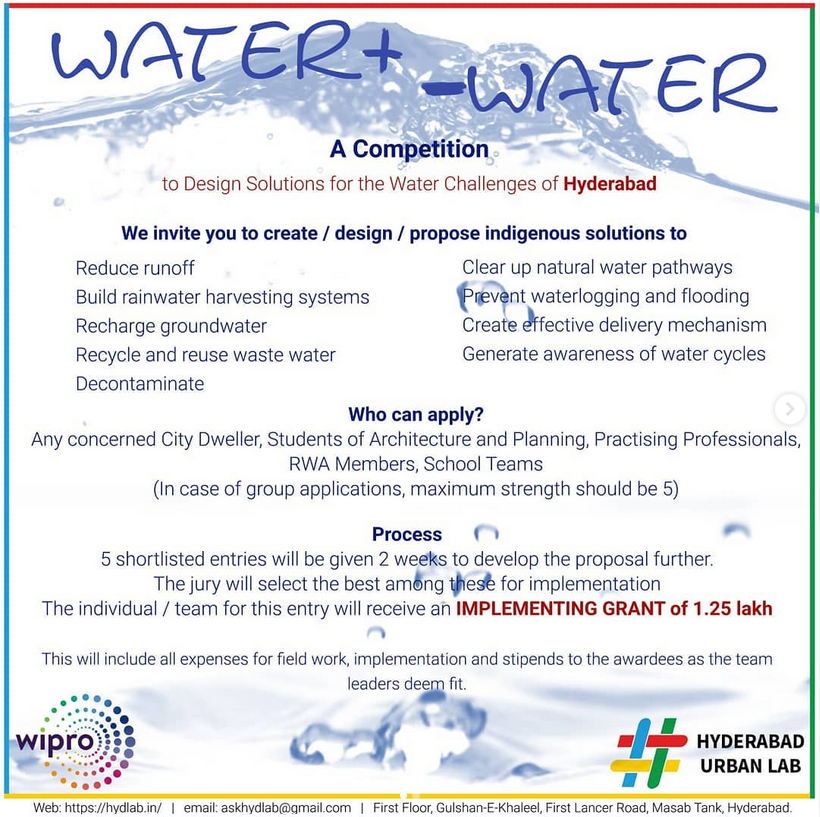
In January 2021, we invited proposals from architects, designers, planners and other urban practitioners to design solutions to the water challenges of Hyderabad. The idea behind the competition was straightforward. Infrastructure in cities are often created at a large scale, and while often well intentioned, they do not always achieve the desired outcomes. The proposals we invited therefore had to keep in mind that the intervention had to be made at the neighbourhood scale, use the best available resources, and had to involve consultations with the residents, to keep their interests central to the design.
Team Jalam’s proposal was selected for a grant of 1.25 lakh rupees. This proposal suggested an intervention at Hill Top Colony, a neighbourhood in Malkajgiri, Secunderabad.
This neighbourhood faced four major challenges. The low-income settlement is situated on a slope littered with debri and waste. Containing runoff water was difficult. Mobility was restricted because the road passing through the neighbourhood was unpaved and treacherous. The pipe that carried water to the households was constantly leaking.
Team Jalam designed a flight of steps through the neighbourhood to improve access and mobility. Running through the centre of the stairs, a drain collects the runoff water, which is stored in a tank in the neighbourhood.
The flight of steps has also created a new social life at Hill Top Colony. Older residents, who had stopped leaving their homes, are now easily moving through the neighbourhood. There are small spots for children to play, read, and tend to plants.

